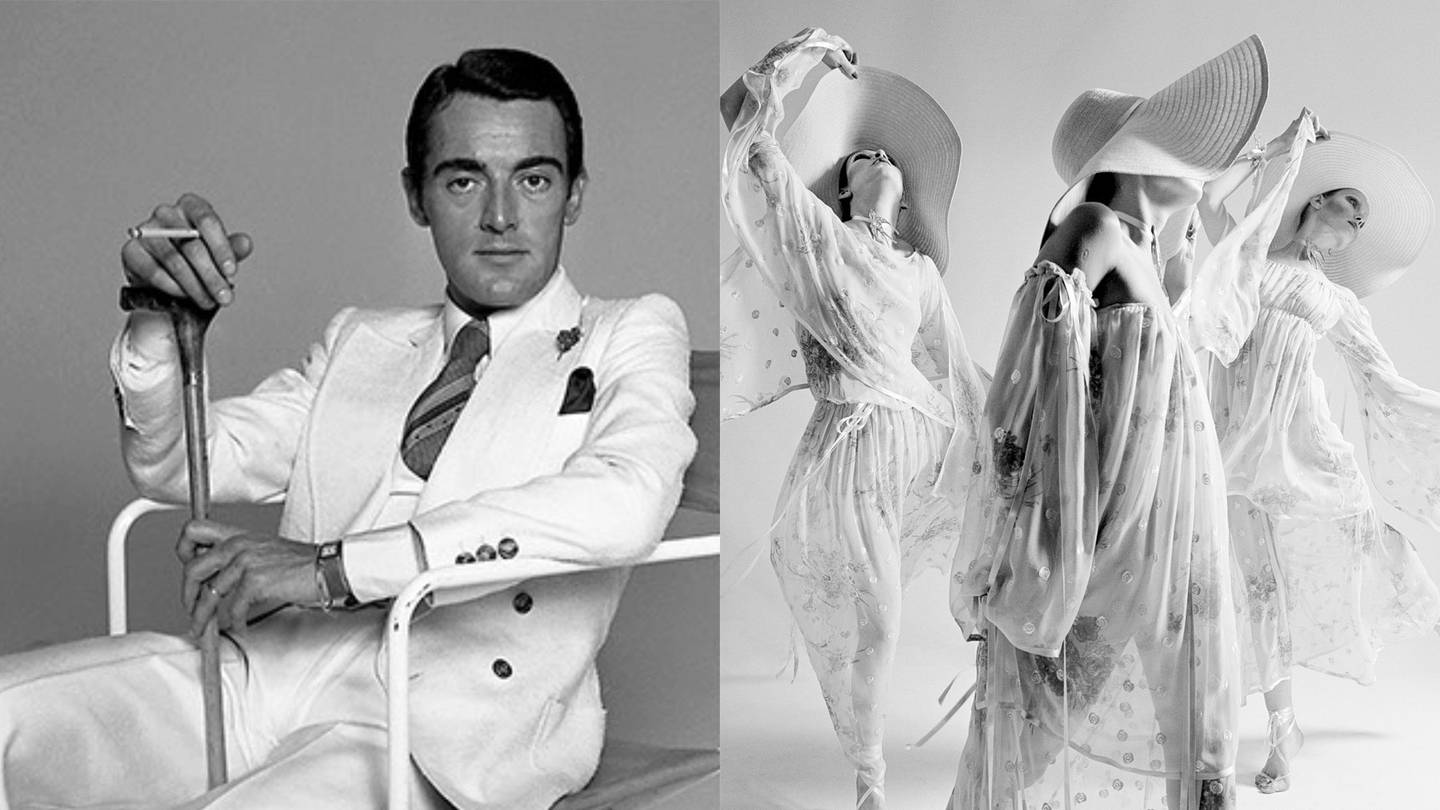
Bidayat, a Switzerland-based investment vehicle steered by Rachid Mohamed Rachid, is planning to relaunch the dormant Italian fashion house Walter Albini after acquiring its intellectual property and archives last year, BoF can confirm.
Albini was a key figure in Italy’s post-War ready-to-wear boom before he was largely forgotten after his death from AIDS, in 1983, at the age of 42. Bidayat says it is currently teaming up with museums, publishers and luxury advisors to raise awareness of Albini’s legacy before restarting the business.
In a statement released exclusively to BoF, Rachid, who is also CEO of Mayhoola for Investments and chairman of its Valentino and Balmain brands, referred to Albini as a “hidden jewel of Italian high fashion.”
“Walter Albini deserves to claim its rightful place amongst the top luxury brands on the global stage,” he said. Bidayat is a personal investment vehicle and is not affiliated with Mayhoola.
Representatives for the fund declined to comment on recent reports in Panorama and Miss Tweed linking former Gucci designer Alessandro Michele to the project.
Parallels aren’t hard to spot between Albini’s archives and Michele’s Gucci, which often mixed references to Old Hollywood glamour with late 1960s silhouettes, and Michele has previously voiced admiration for Albini in media interviews.
Still, the nature and scope of the star designer’s reported involvement in the relaunch remains unclear and he is likely constrained by a non-compete agreement with his former employer.
Michele did not respond to a request for comment.
Albini’s relaunch will be powered, in part, by a large archive acquired from a collector, Dr. Barbara Curti, who sold a trove of garments, costume jewellery, drawings, photographs, and other memorabilia to Bidayat and will advise on the relaunch.
Who was Walter Albini?
Albini grew up in Busto Arsizio, a small city north of Milan, before starting his career in Paris at its influential mid-century “style offices,” whose trendsetting ideas for colours and prints spearheaded the democratisation of design among mass-market retailers and manufacturers.
After creating his own line, Albini became a key driver of Italy’s ready-to-wear revolution, combining products from various industrial partners to create a “total look” on the runway. As one of the first designers to abandon the tradition of showing in Florence in favour of Milan, Albini helped pave the way for today’s Milan Fashion Week.
Albini’s aesthetic often channelled Old Hollywood glamour or sporty 1920s looks, reworking them through a post-War filter that emphasised comfort and mobility. His way of mining fashion history for themes to reinterpret in his collections positioned him as an Italian counterpoint to Paris-based contemporaries like Karl Lagerfeld and Yves Saint Laurent, and a precursor to titans of Italian ready-to-wear like Giorgio Armani and Gianni Versace. Albini was also one of the first designers to show genderless fashions and stage mixed-gender shows (a key intersection with Michele’s work at Gucci).
“With the exception of Yves Saint Laurent and Karl Lagerfeld, no other designer has had a greater impact in recent years,” the Sunday Times wrote in 1973.
‘Sleeping Beauty’ brands
Efforts to resurrect dormant but storied fashion labels, often called ‘sleeping beauty’ brands, have multiplied in recent years, with mixed results. French couture houses like Poiret and Vionnet have staged short-lived returns to the Paris fashion calendar, while a 15-year push to revive Schiaparelli finally gained traction in recent years under designer Daniel Roseberry. Kering’s Balenciaga — which was shut down in 1968 then rebooted in the late 1980s, taking off after Nicolas Ghesquière was appointed creative director in 1997 — is the strategy’s biggest success story to date, underscoring the importance of finding the right designer to make a brand revival work.
In Albini’s case, enlisting a major designer like Michele to help power the relaunch would certainly give the strategy a greater chance of success. But for now, the project remains in early stages, with both creative and executive talent yet to be confirmed.
“Our challenge will be finding the right calibre of leadership team to bring alive our vision and ambition,” Rachid acknowledged.


